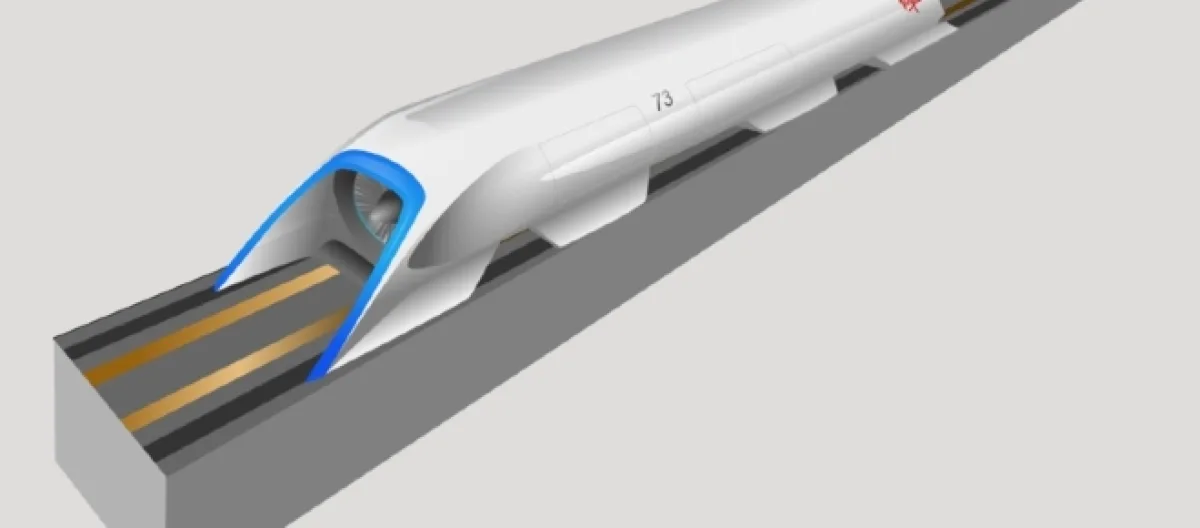Crain’s Dallas has a piece on how a Hyperloop would change the way that business is done in Texas. The proposed route, one of the finalists of the Hyperloop One completion, would link Dallas, Austin, San Antonio, Houston, and Laredo on the Mexico border in a system that would whisk people and goods at 700 miles an hour. A trip between Houston and Dallas, for example, would take about 45 minutes, as opposed to an hour and a half on the planned high-speed train and four hours by car.
Unlike short-haul air travel, security checks would be kept to a minimum.
People can do business in multiple cities
One advantage that a Hyperloop line would have is that it would allow people to do business in multiple cities in a single day. A salesman could have a lunch meeting in Austin and be back in Houston quick enough to work through the afternoon and be home in time for dinner. A lawyer based in San Antonio could litigate a case in Dallas and be back to the office in time to do paperwork and hold a dinner meeting with clients.
Leisure travel would be revolutionized as well. If one lived in Dallas, one could attend an opening at the Museum of Fine Arts in Houston and still have enough time for dinner at a place on San Antonio’s Riverwalk before getting home for the evening.
Someone in Dallas or Houston could watch a band at one of Austin’s many excellent clubs and still get home in time to get plenty of sleep.
Moving goods at near supersonic speed
The other way that the Texas Hyperloop will change business in the Lone Star State is the ability to move goods at supersonic speed so that items offloaded from Mexican trucks in Laredo or from ships at the Port Of Houston would be available anywhere along the route the next day. Perishable goods, say vegetables from Mexican farms, could be in supermarkets and restaurants in Dallas within a couple of hours instead of days. Imported items could be sent from the Port of Houston to anywhere along the line in a similar amount of time.
The high-speed transportation system could facilitate manufacturing facilities that rely on inventory and parts, which could be shipped far more efficiently than conventional shipping.
Will Texas get a Hyperloop?
The people trying to put the Texas Hyperloop together like their chances of getting funding from Hyperloop One. However, unlike the high-speed rail line between Houston and Dallas, the business model relies on a private-public partnership to succeed.
